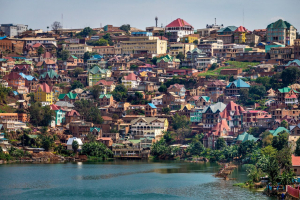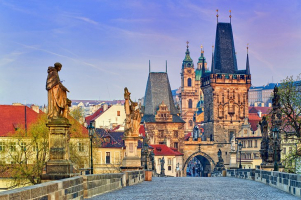Top 9 Most Beautiful Historical Sites in Dominican Republic
Each country has a rich and unique history. There is so much to learn from the past of different cultures that will change the way you see the world. It really ... read more...opens your eyes. One of the best ways to learn about local history when you travel is to visit their most important monuments. Let's find out with Toplist the most beautiful historical sites in the Dominican Republic.
-
The first position on the list of the most beautiful historical sites in the Dominican Republic is Palacio de Bellas Artes. It is positioned between Calle Aristides Fiallo Cabral and Avenida Independencia on Avenida Maximo Gomez, a few blocks from the Ministry of Education. Palacio de Bellas Artes was completed in 1956, the building has a splendid, luxurious appearance covering an area of 13,000 square meters.
It is a frequent venue for art events such as music and ballet performances, with the hall seating up to 600 spectators. The Palacio de Bellas Artes was built under Rafael Leónidas Trujillo with the aim of further developing and promoting art and culture in the Dominican Republic. It was restored in 2008 and has remained in operation ever since, evolving into an icon of Dominican culture.
In addition to being a venue for art events, Palacio de Bellas Artes is also a fine arts teaching facility and office center for Dance Schools, Dramatic Arts Schools, Music Elementary Schools, and Old Ballet Theaters. National Dictionary, National Symphony Orchestra, and National Folk Ballet.
When watching the concerts of the symphony orchestra visitors can also explore this beautiful structure with its huge dome. When visiting this structure people can go see the national folk dance music or simply tour the building and learn about the incredible history of arts education that has taken place here since the 1950s.
Location: Ave. Maximo Gomez, Santo Domingo 10204 Dominican Republic
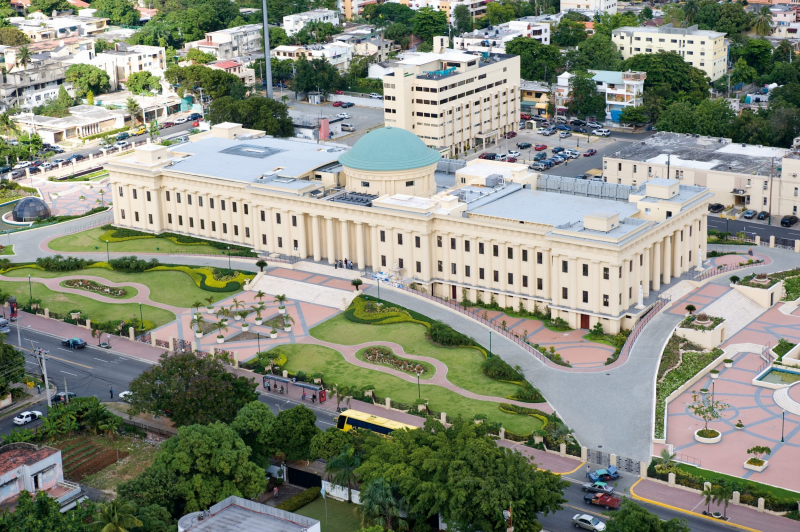
Photo: godonimicanrepublic.com 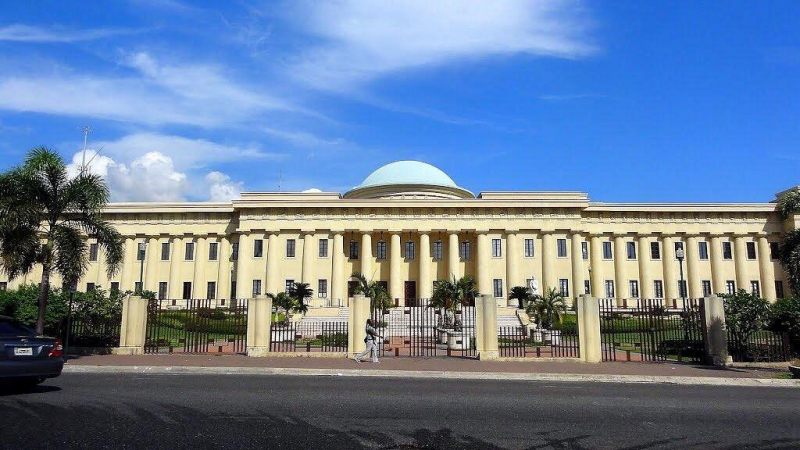
Photo: tripadvisor.com -
The Alcázar de Colón, or Columbus Alcazar is the primary fortified Spanish palace constructed withinside the Americas. It is placed withinside the Dominican Republic's colonial location of Santo Domingo city, and bureaucracy is a part of the Ciudad Colonial UNESCO's World Heritage Site. It was constructed between 1511 and 1514 in a Gothic and Renaissance style.
It is the simplest regarded house of a member of the Christopher Columbus own circle of relatives, his first-born son Diego Columbus, whose next kids consist of Juana, Isabel, Luis and Christopher have been born withinside the palace. Diego Columbus died in Spain in 1526 however María Álvarez de Toledo, his wife, remained there till her demise in 1549. Three generations of Columbus' circle of relatives inhabited the house, probably until the past sixteenth century.
As the impact of Santo Domingo declined, the residence fell into ruins, and by the mid-18th century turned deserted and in danger of rotting away. Originally the house had 55 rooms, of which 22 remain. Eventually, it turned deserted and the passage of time started out to wreak havoc on the shape of the palace. By 1776 the construction turned into ruins and turned into almost was a prison, a project that was no longer carried out.
Almost a century later in 1870, it was declared a National Monument and the Dominican authorities finally restored the palace. It was rescued and restored between 1955 and 1957, being converted right into a 22 rooms museum packed with duration furniture, artwork, and different accessories. In a self-guided excursion, the usage of a transportable audio speaker that discusses every room's characteristics is to be had in numerous languages.
Location: Santo Domingo, Dominican Republic
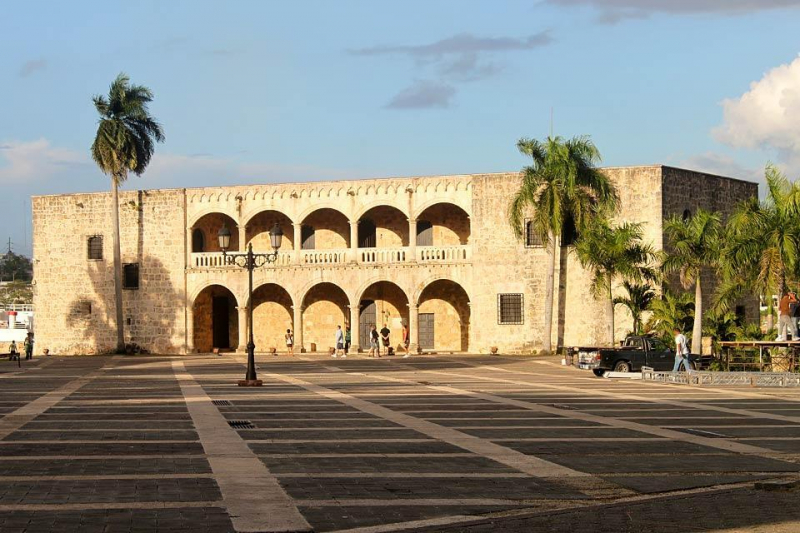
Photo: easyvogage.com 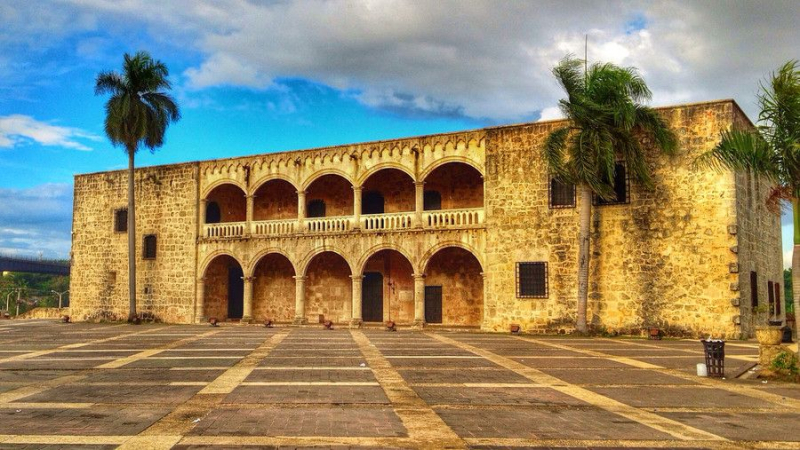
Photo: pinterest.com -
The Ozama Fortress is one of the surviving sections of the Walls of Santo Domingo, that's identified by UNESCO as being the oldest navy creation of European foundation withinside the Americas. It was constructed between 1502-1508 by the Spanish at the doorway to Santo Domingo's Ciudad Colonial, Dominican Republic, overlooking the Ozama River. Named after this river, the fort is additionally mentioned as "La Fortaleza" or "The Fortress". It was declared by UNESCO as a World Heritage Site, collectively with the opposite historic monuments of the Ciudad Colonial.
The Ozama Fortress is a part of the Colonial City of Santo Domingo. According to historians and architects, the development of this monument lasted from 1502 to 1508, which was commenced by Governor Nicolás Ovando. During the sixteenth century, the 18-meter excessive tower was the best European-constructed creation of the Americas.
The creation of this fort is designed withinside the shape of a stone fort and nevertheless preserves its unique architecture. Inside the fort there are tunnels and dungeons wherein the prisoners had been locked up, Christopher Columbus himself, one of the maximum crucial figures withinside the records of the Americas, becomes imprisoned in the Ozama fort. Fortaleza Ozama is one of the most beautiful historical sites in the Dominican Republic.
Location: Santo Domingo, Dominican Republic
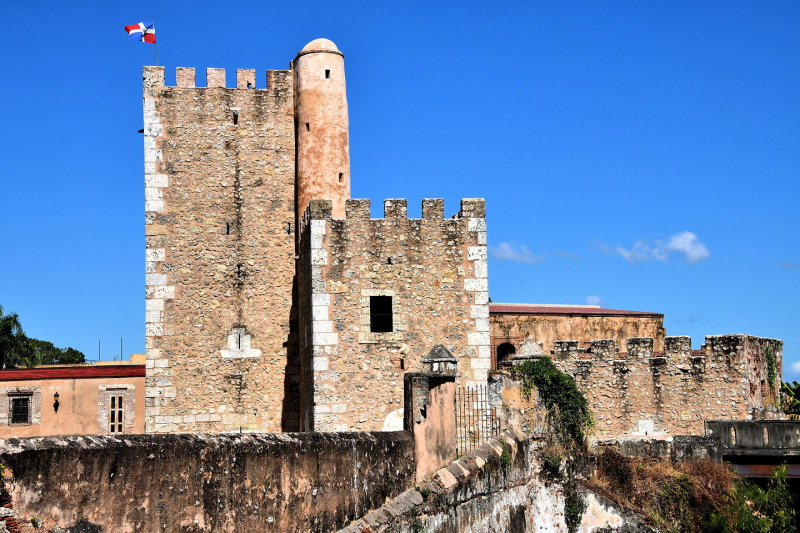
Photo: encirclephotos.com 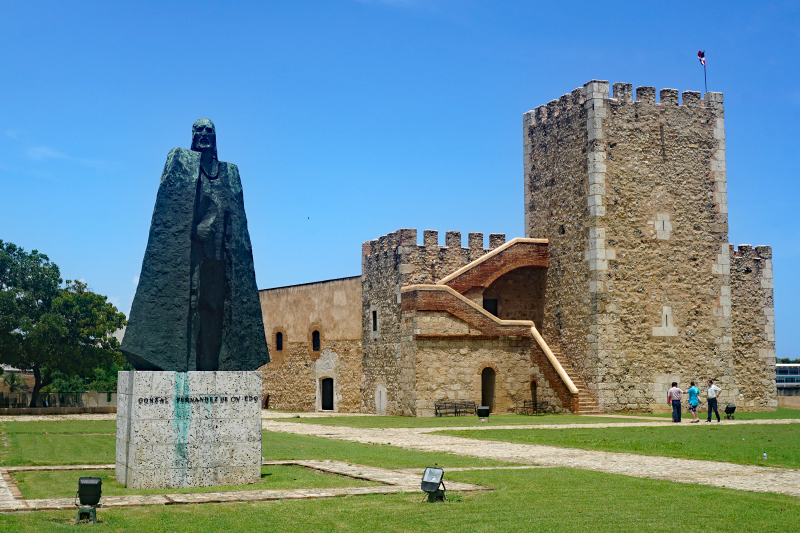
Photo: wikimedia.common -
The Conventos de los Dominicos of Santo Domingo in the Dominican Republic is the oldest constantly used Catholic construction withinside the Americas. Today it's far a part of the Colonial City complex, that's taken into consideration as a World Heritage Site. The Dominican Church and Monastery are one of the oldest systems withinside the Americas. Its creation started out with the advent of the Dominicans in Santo Domingo around 1510.
Over the years, to this day, the church has passed through foremost adjustments and critical architectural damage, one all of which was in 1545 while a typhoon passed, and at some stage in the robberies Francis Drake's sea passes with the aid of using, that is the simplest construction. did now no longer go through any damage, because the well-known pirate of the time reputed the sanctuaries. In the years 1684 and 1673, earthquakes took place on the island respectively, strongly impacting the island, and destroying its roof and systems. In 1746, the construction was restored again, with an extraordinary shape on every façade, for this reason, the Baroque style. In 1825, the church was closed with the aid of the Haitian government, despite the fact that for a time it was sheltered with the aid of using numerous spiritual orders and in 1954 the Dominicans returned to the united states and restored their vintage home.
Inside the Church is the Chapel of Our Lady of the Rosary, constructed in 1649. In this chapel, Virgen del Rosario, consumer saint of the Dominican Order, is venerated.
Location: Calle Hostos, Santo Domingo 10210 Dominican Republic
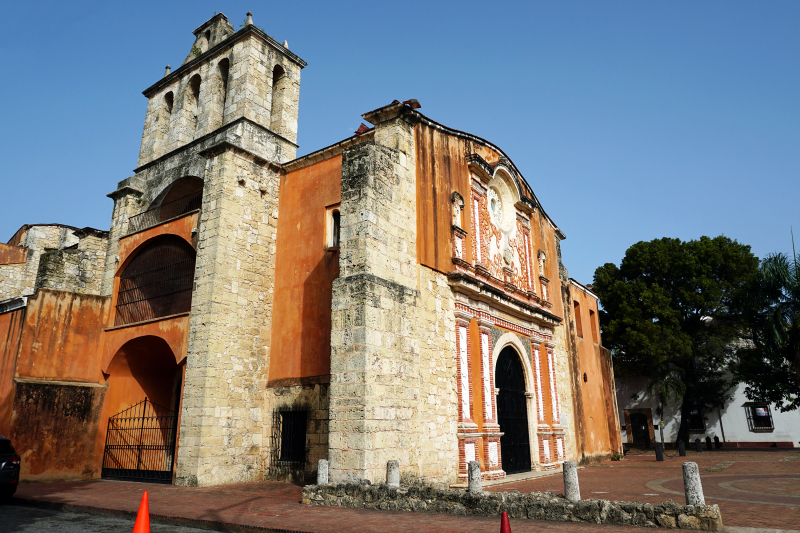
Photo: Wikipedia 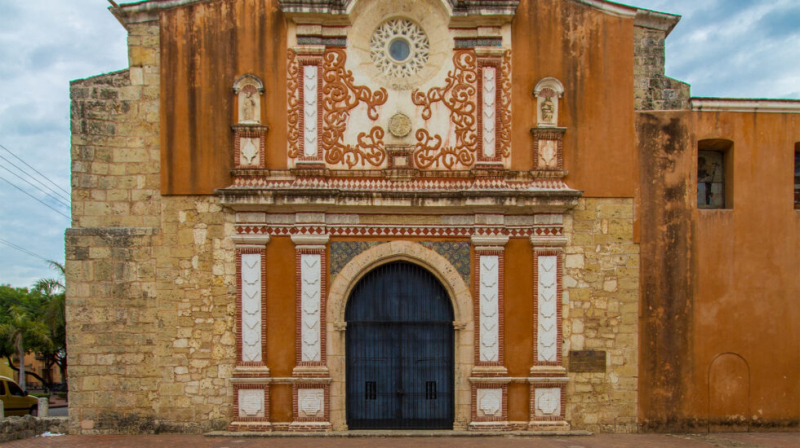
Photo: dgcine.gob.do -
These Taíno caves, additionally recognized as “cerros de Las Caritas de los Indios”, are placed contrary to Enriquillo Lake. The avenue to Enriquillo Park and Cabritos Island is going via those caves, so the go is a must. Las Caritas ("The faces") is a group of Indian inscriptions in a rock formation searching out over Lake Enriquillo withinside the Dominican Republic. The region is likewise known as the Trono de Enriquillo ("Enriquillo's throne") due to the fact it's far stated the Taíno chief Enriquillo used to camp right here at some stage in his rebellion.
Apart from the critical archaeological hobby of the sculpted stones, this region is likewise thrilling for the panoramic perspectives from the pinnacle of the hills, which are the region’s most stunning ones.
Despite the dearth of facts about those caves, it's far taken into consideration that those stunning caverns had been used as a herbal shelter for the island’s first inhabitants, the pre-farming communities. Another piece of record associated with those caves is the tale about Guarocuya, who was a Taíno rebel, recognized as “Enriquillo” by the Spanish. He was the chief of the primary guerrilla battle in America, however, he eventually signed a peace treaty in 1533 at those ancient caves placed withinside the Bahoruco Mountain Range.
Location: opposite Enriquillo Lake, Dominican Republic
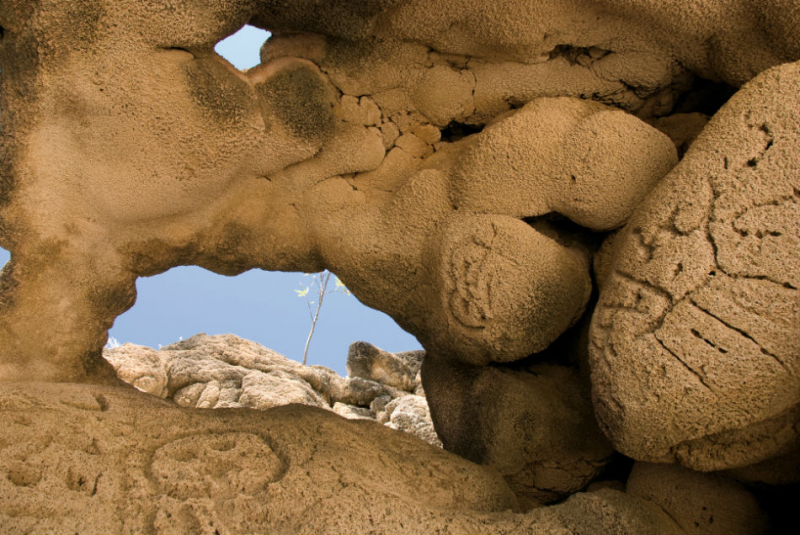
Photo: visitdonimican.republic 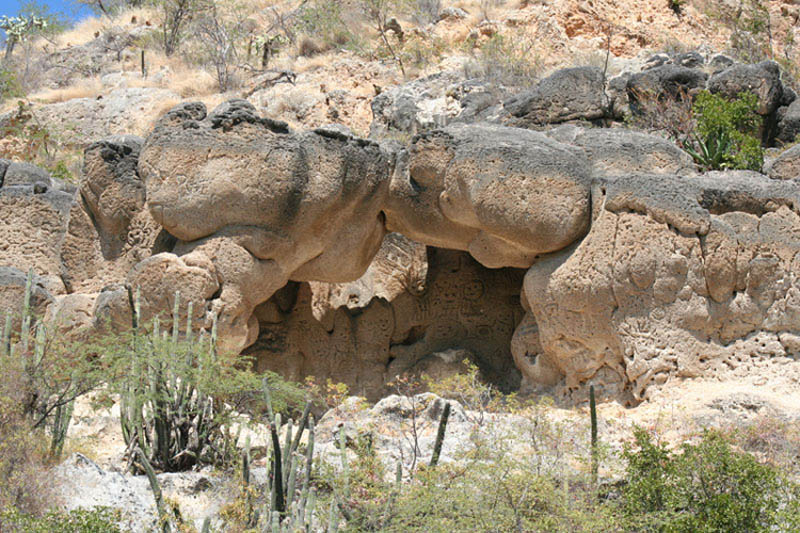
Photo: trekearth -
The next position on the list of the most beautiful historical sites in the Dominican Republic is Cuevas del Pomier. The Anthropological Reserve of Cuevas del Pomier, formally Cuevas del Pomier, is a geological gadget placed withinside the province of San Cristóbal, withinside the Dominican Republic. These caves are particular withinside the USA and really uncommon withinside the global.
They are approximately 7 km north of the town of San Cristóbal and approximately 30 km from the town of Santo Domingo.
This institution of caves from the Miocene Formation has fifty-5 caves divided into extraordinary rooms: the Great Edentates Room, the Boinayel Room, the Cohoba Room, and the Great Blocks Room; Each functions a few unique and records that amazes the vacationers who go to them.
In those beautiful caves, you may see a set of rock artwork created by the Taino and Igneris natives, who had inhabited the island whilst the Spaniards arrived in 1492, close to 2,000 years old. The Anthropological Reserve of Cuevas del Pomier consists of prehistoric artwork and cave inscriptions which are taken into consideration global historical past sites, for this reason forming the maximum vital prehistoric reserve withinside the Antilles.
Location: San Cristobal, Dominican Republic
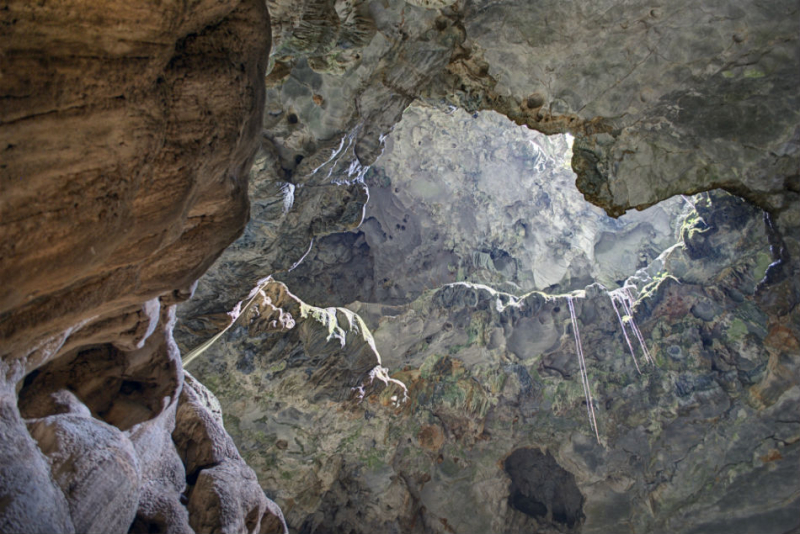
Photo: visitarerepublicdominicana.org 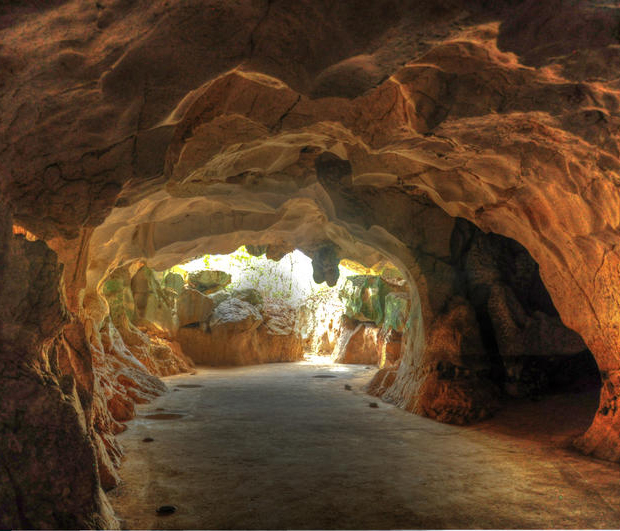
Photo: destinycaribbeantours.com -
La Isabela in Puerto Plata Province, Dominican Republic was the primary Spanish city withinside the Americas. The site is 42 km west of the metropolis of Puerto Plata, adjoining the village of El Castillo. The vicinity is now bureaucracy a National Historic Park.
La Isabela was based with the aid of Christopher Columbus throughout his second voyage in December 1493 and was named after Queen Isabella I of Castile. The first strive of an everlasting agreement, the citadel press of La Navidad, hooked up with the aid of using Columbus a yr in advance to the west of La Isabela, in what's modern-day Haiti, have been destroyed with the aid of using the local Taíno human beings earlier than he returned. La Isabela was deserted with the aid of 1500. The best in advanced European settlements withinside the Americas had been settlements with the aid of using the Vikings in Greenland and Newfoundland which dated from 500 years in advance.
La Isabela was hooked up to looking for valuable metals. La Isabela was struck with the aid of using the primarily regarded epidemic to unfold from Europe to the New World in 1493 and of the earliest North Atlantic hurricanes located with the aid of using Europeans in 1494 and 1495.
Hunger and disorder caused mutiny, and a set of settlers, led by the aid of Bernal de Pisa, tried to seize and make off with numerous ships and move back to Spain. La Isabela slightly survived till 1496 while Columbus determined to desert it in choice of a brand new agreement based in 1498 referred to as Nueva Isabela, and shortly renamed Santo Domingo.
Location: Villa Isabela Province of Puerto Plata, 57000 Dominican Republic
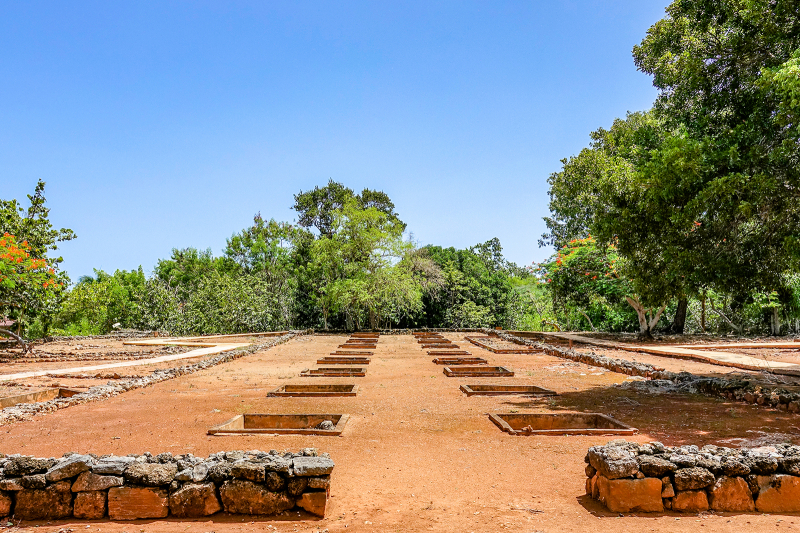
Photo: afar.com 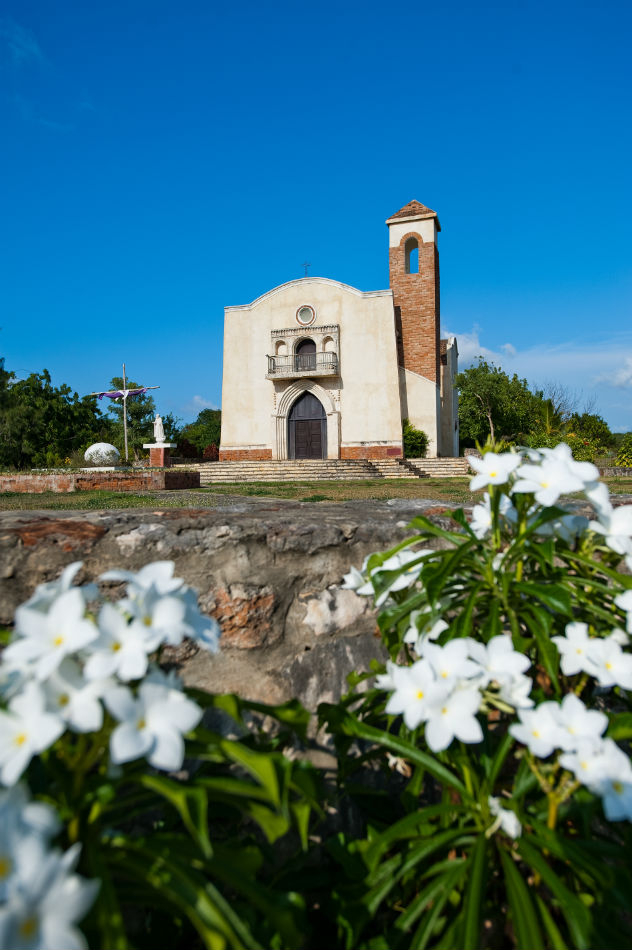
Photo: visitdonimicanrepublic.org -
Parque Colon, or Columbus Park, is the critical rectangle of the Ciudad Colonial ancient district of Santo Domingo, Dominican Republic. In its, Center stands a statue of Christopher Columbus, in whose honor the rectangular was renamed in 1887. Previously the rectangular was referred to as Plaza Mayor.
Monuments bordering the rectangular consist of the Catedral de Santa Maria l. a. Menor, Santo Domingo's Municipal Palace, and the Palacio Borgella, which as soon hosted the Dominican Republic's Parliament. Calle del Conde, as soon as the thriving industrial coronary heart of Santo Domingo, begins to evolve from Parque Colon and runs to the Puerta del Conde. At the start of Calle del Conde is a bust of Bartholomew Columbus, Christopher's brother and the founding father of Santo Domingo.
This was the principal leisure center for the population of the time because it gave lifestyles and beauty to the metropolis of La Isabela, and its surroundings. The call of Plaza Mayor was given in honor of the Major Commander of the order of Nicolás de Ovando, who arrived in Santo Domingo in 1502. It was named after him even more, considering he was in fee of transferring the town to the western a part of the Ozama River.
Location: Calle Isabel La Catolica Centro Histórico, Santo Domingo 10210 Dominican Republic
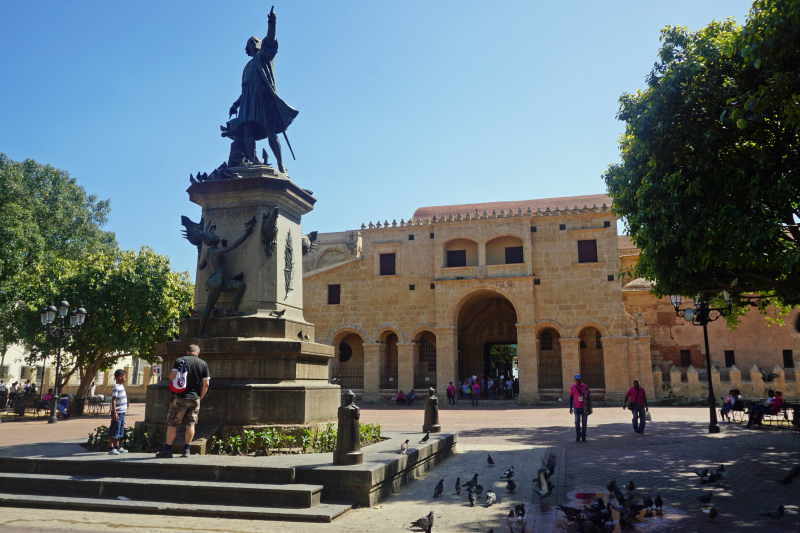
Photo: wikimedia commons 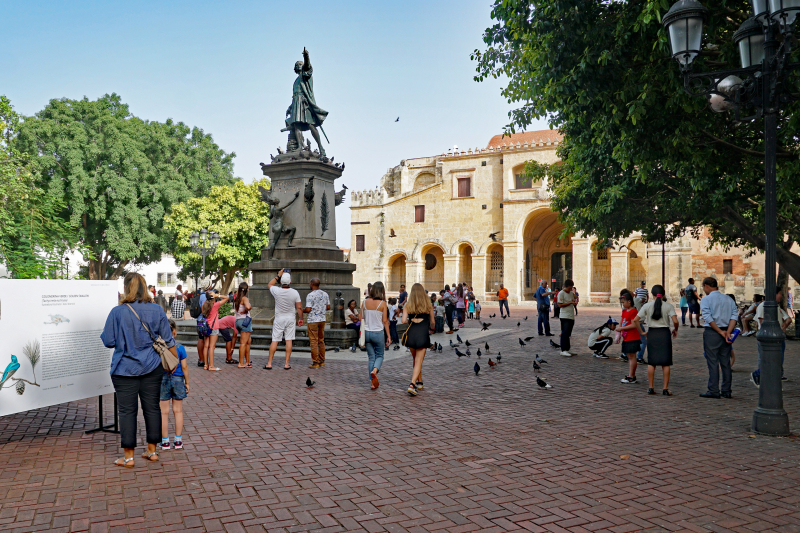
Photo: Wikimedia -
The Casa Museo General Gregorio Luperón is a cultural area devoted to conveying the values of country wide hero and chief of the Dominican Restoration, General Gregorio Luperón, highlighting factors in their lives. Opened in 2012, this restored Victorian building is one of the most stunning in Puerto Plata and has been compiled in a unique manner for the show as a legacy of Puerto Plata, which leaves a legacy of liberty to the country.
The museum is positioned withinside the identical location in which the overall is thought to have spent his closing days, representing a factor of reference for the town of Puerto Plata. The two-tale museum shows length items, from costumes to fixtures and a gallery photograph. Casa Museo General Gregorio Luperón is one of the most beautiful historical sites in the Dominican Republic
The character's complete existence and painting records and the primary sword of the Renaissance are proven and are available to existence in every station, highlighting in element the hero's ranges as guy and chief. Tu of Puerto Plata.
Location: Calle 12 de Julio #54, Puerto Plata 57000 Dominican Republic
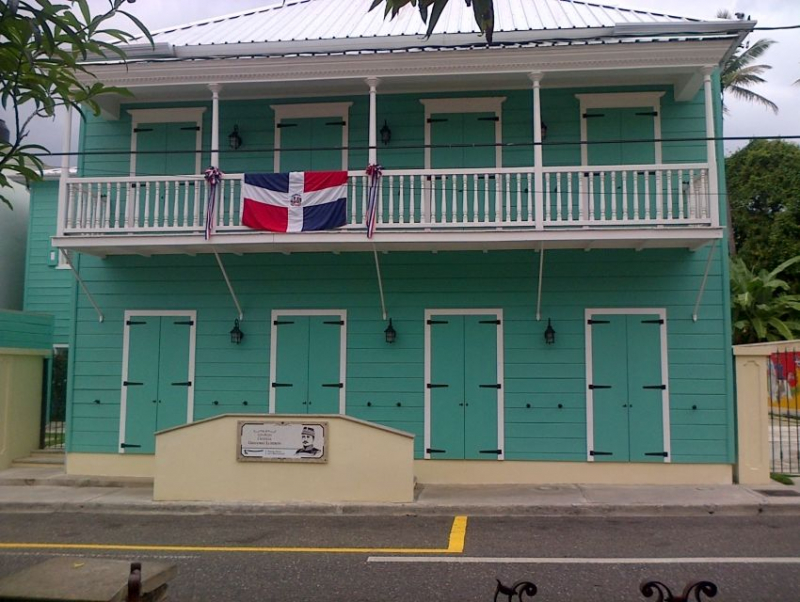
Photo: cityseeker.com 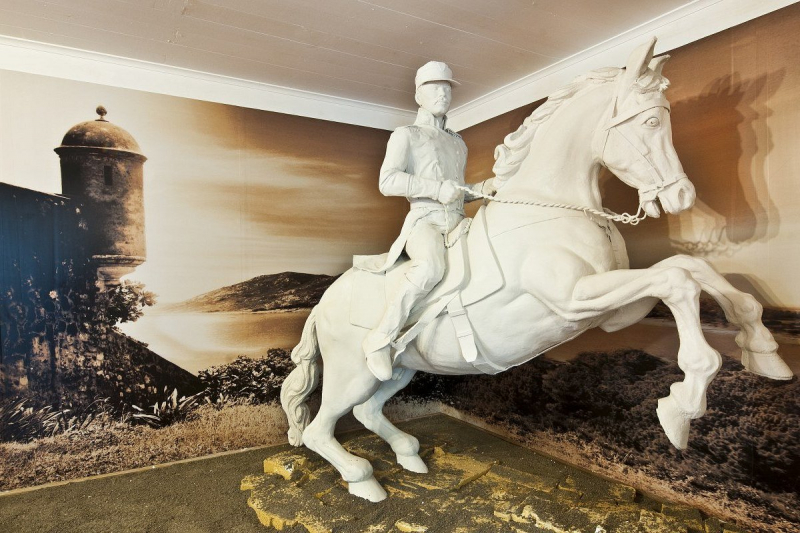
Photo: tripadvisor.com











